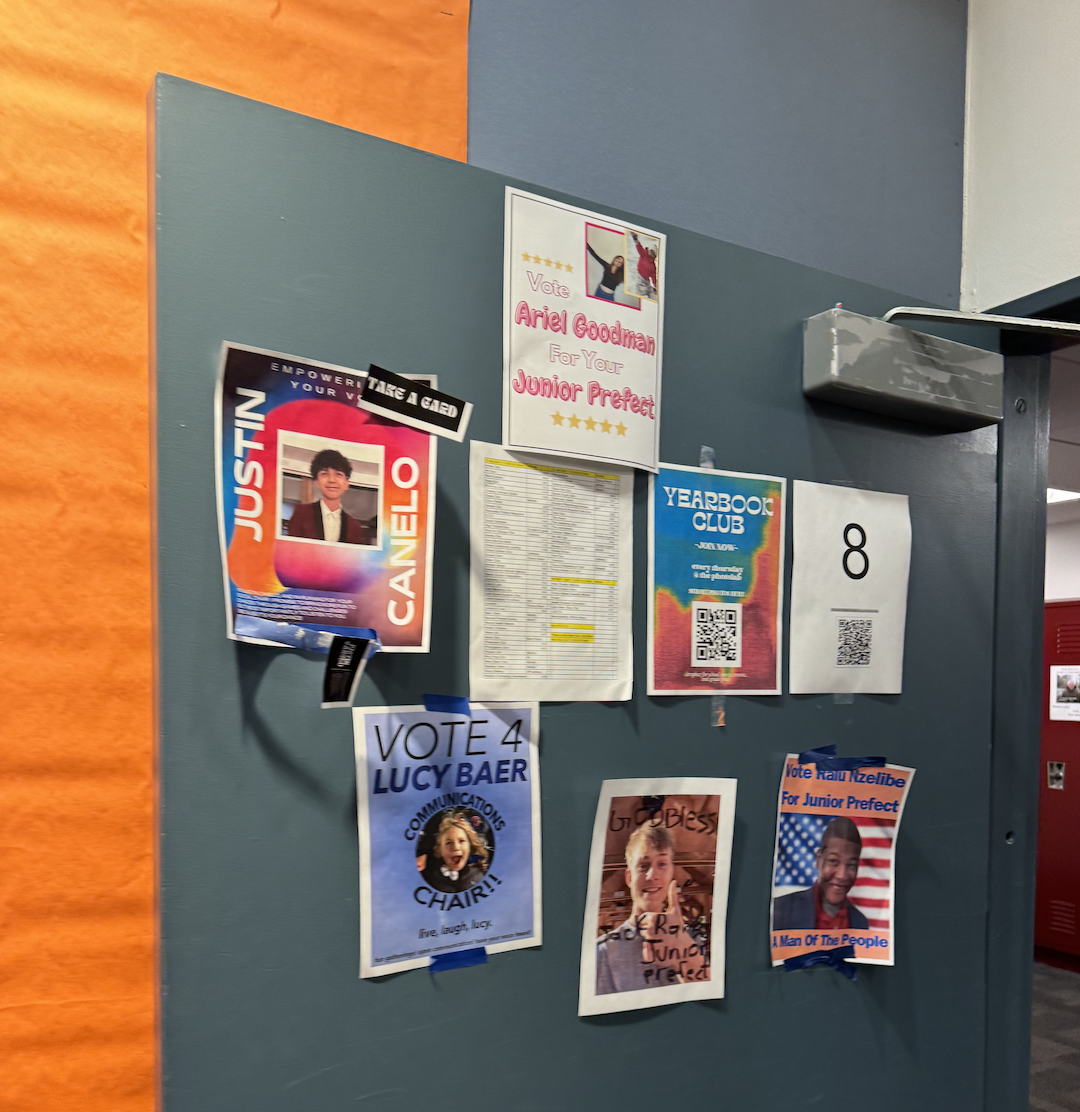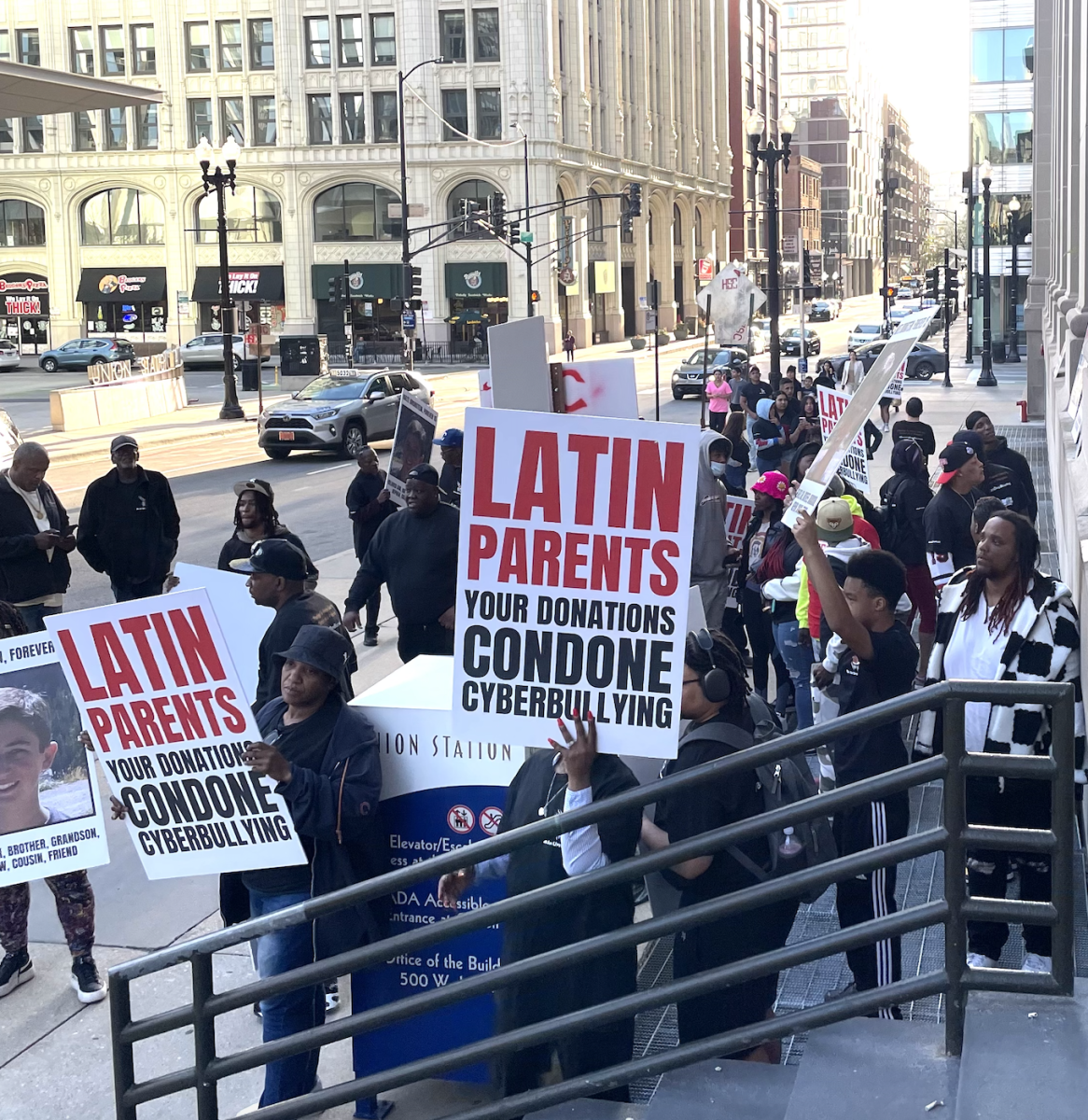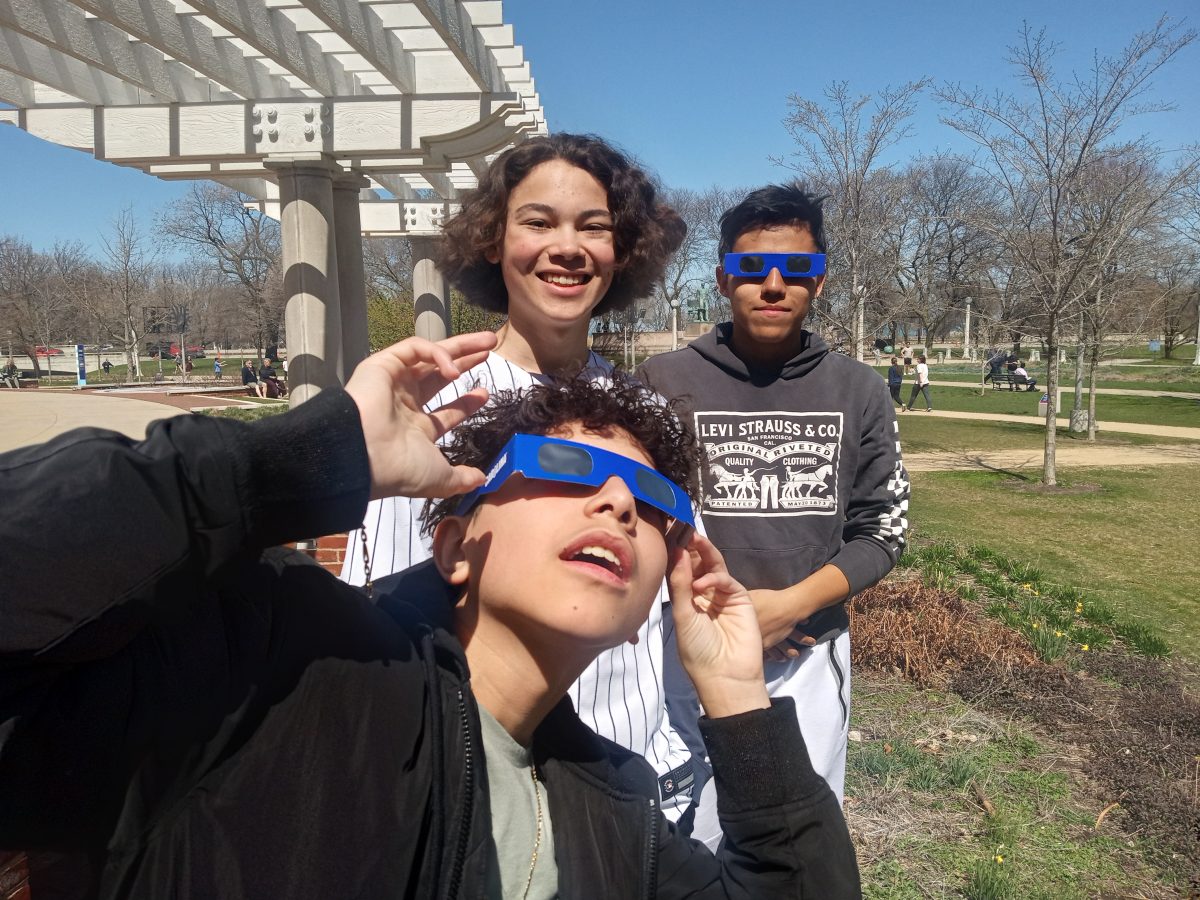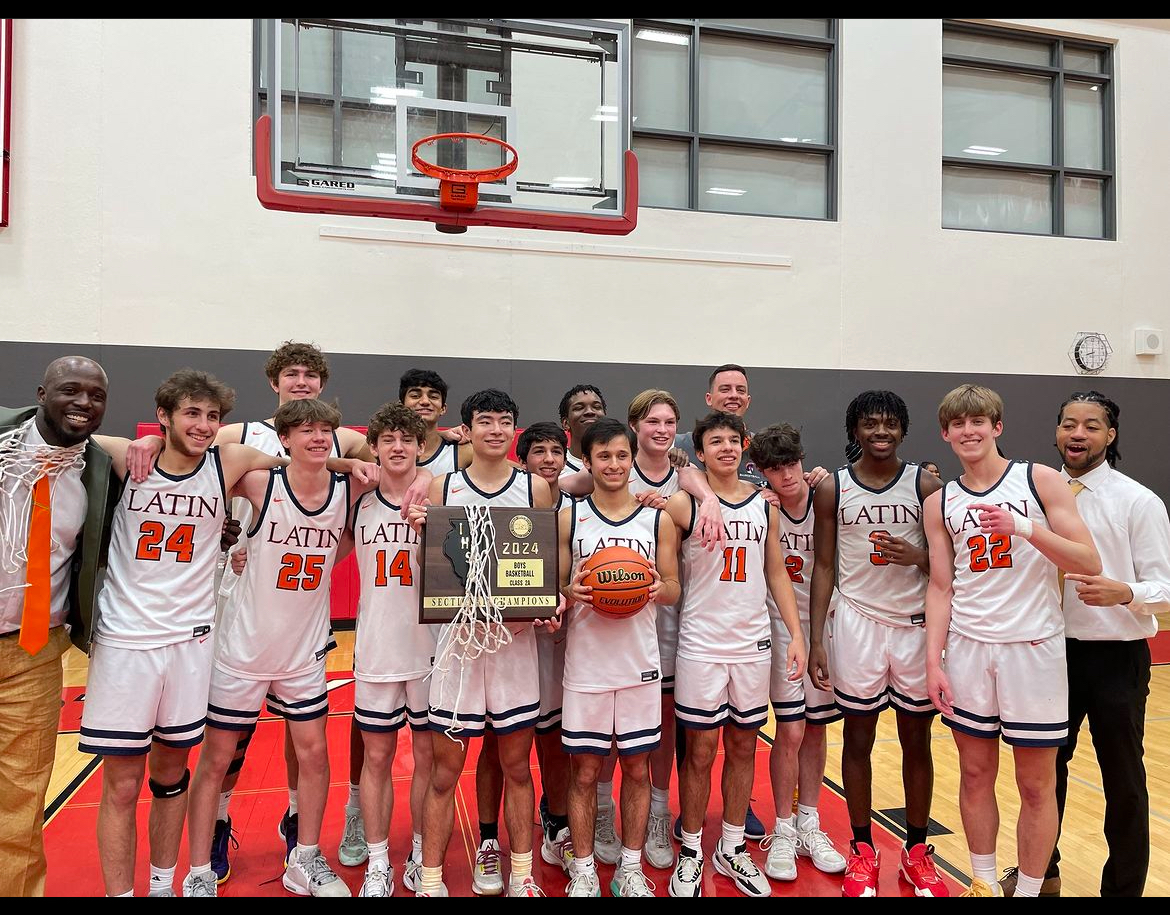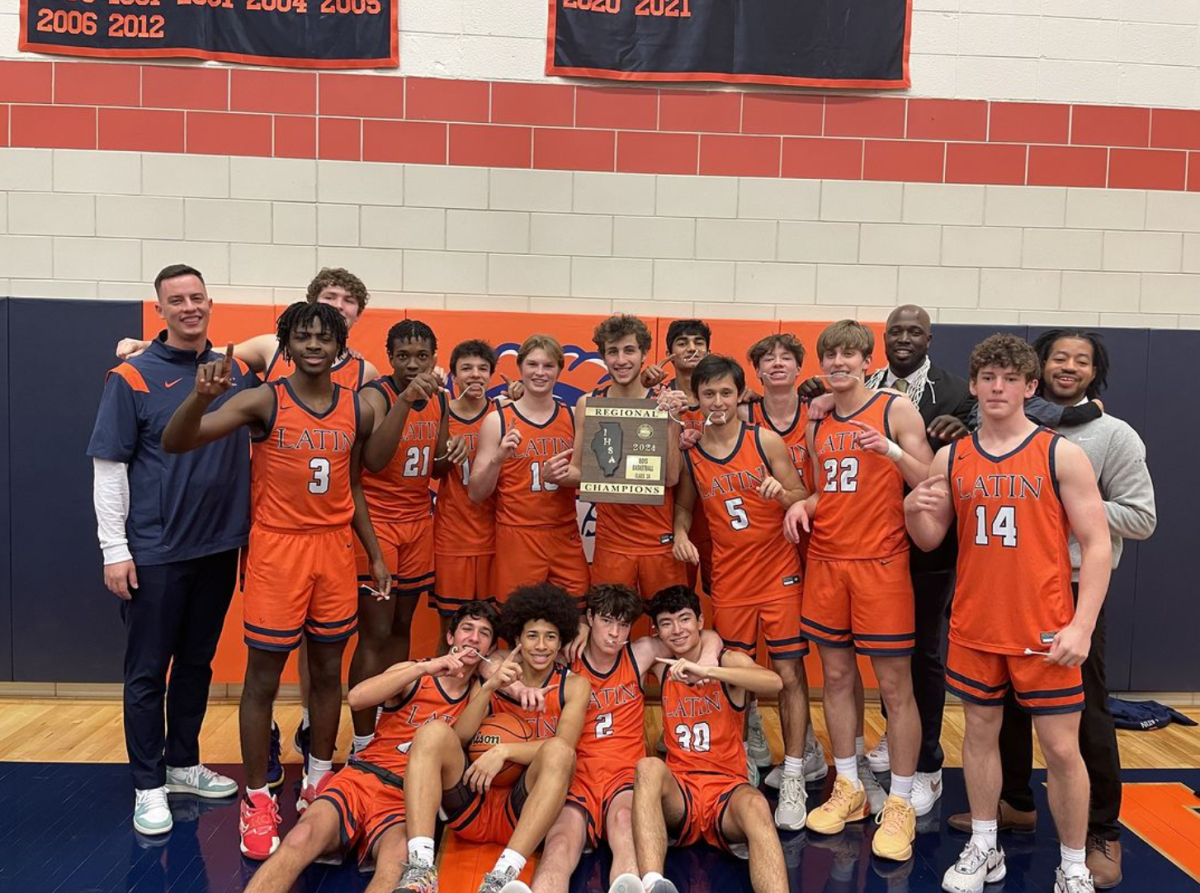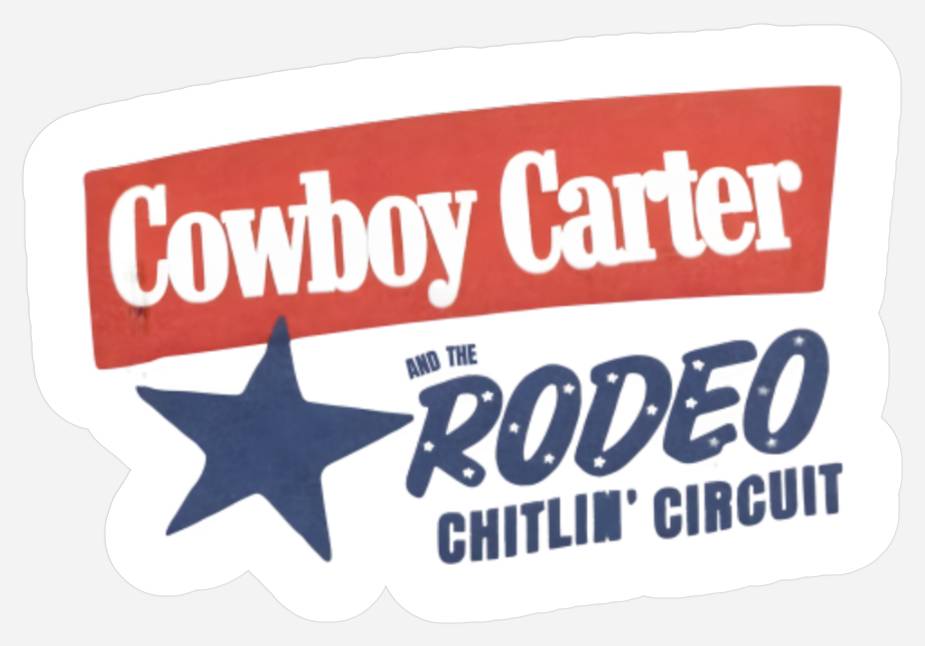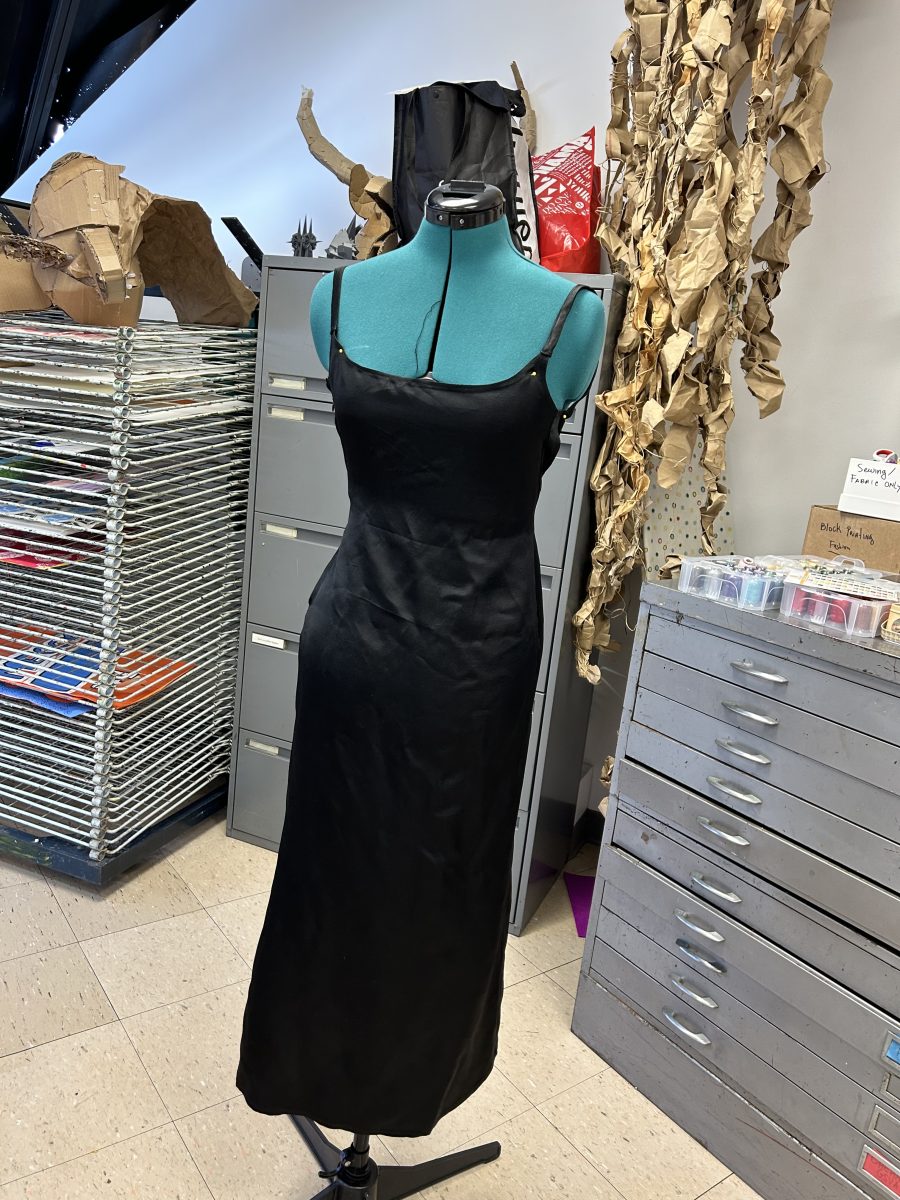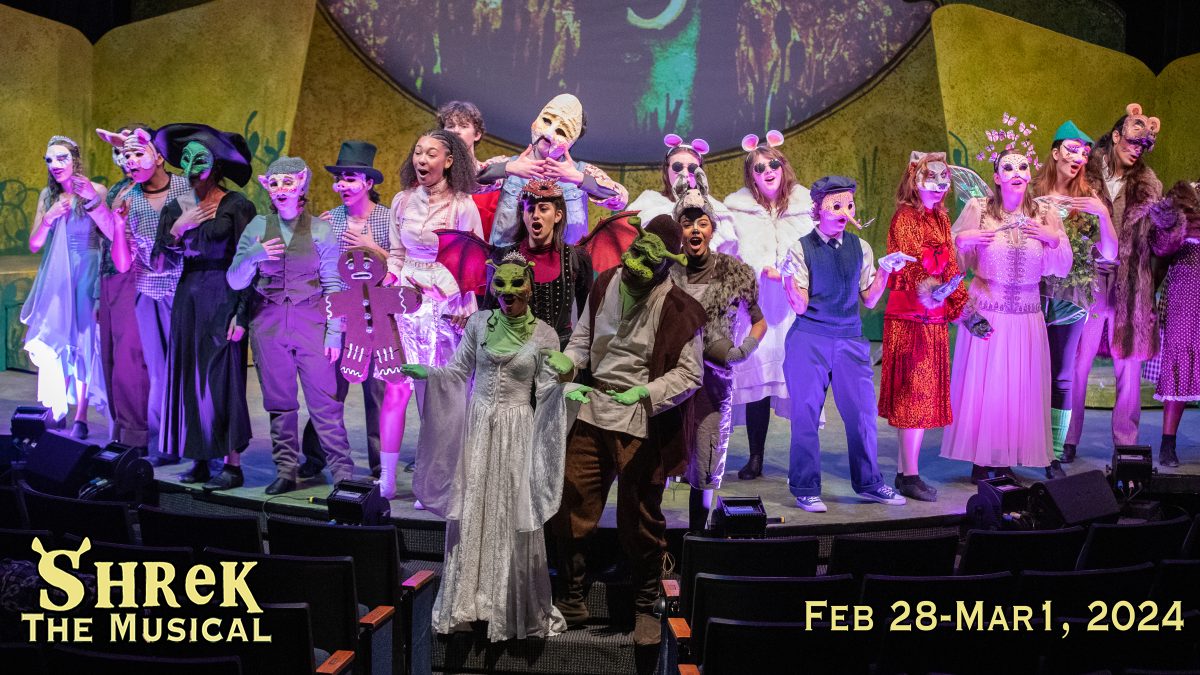Akeira Jennings Managing Editor Since 1976, Black history month has been an annual celebration during the month of February. What many have been recently wondering however, is what is it’s point and purpose? Now under the direction of an African-American president, many feel that America has outgrown the racial tension and prejudices that infected the nation. With influential leaders and businessmen such as Oprah Winfrey, Colin Powell, and Russell Simmons, the need for commemoration of past successes seems unnecessary and redundant. What many fail to realize however, is the underlying messages of the images that are seen daily. While there may be a plethora of successful black entertainers, businessmen, and celebrities, their manner in attaining these successes are questionable, as they often compromise their own morals, values, and culture for fame. In the early twentieth century the most common portrayal of African-Americans was not presented by black themselves, but by whites in minstrel shows and other programs such as “Amos and Andy.” Actors on these shows would perform comic skits in blackface with broken and purposefully inferior dialect. These shows would attract crowds by the hundreds, and many would associate these fictional characters and skits with their perceptions of black culture and characteristics. When Vaudeville started becoming more prevalent in the entertainment industry, the comic relief would often be a black male who had darkened his face so he could take on the very roll that many believed he was born playing. While most educated blacks were disgusted by the skits, a large population of black’s began praising minstrel actors, for their work in mainstream media. Today, it is evident that changes in the media have occurred but through careful analysis, one might find some disturbing similarities between the portrayal of blacks in the media then and now. In today’s media scene, there are many different genres and roles for minority actors, artists, and musicians. What there isn’t much of however, is a diverse advertisement of these many different roles, as only a few are televised, sponsored, and given much attention. For African-American males, the image so commonly seen is that of the gangster, gangbanger, a struggling kid from the projects, an athlete, or an exception to his surrounding culture as he is trying to “make a name for himself.” For African American females however, the role is different. Most televised roles for black women today are that of the meretricious character, the “big momma” or motherly figure, the devious character constantly acting out of jealousy, or the bitter and seemingly always angry woman. Movies such as “Get Rich or Die Tryin,” “Big Momma’s House,” “Stomp the Yard,” “Boys ‘N the Hood,” “New Jack City,” and “Training Day,” emphasize such points, as the media molds black males into the images they want them to portray. While Wesley Snipes has presented a series of innovative and powerful works, many have declared the gangster flick “New Jack City” as his best performance. Denzel Washington has also portrayed a plethora of inspiring roles but received his first Oscar for Best Supporting Actor as a bitter slave turned soldier in the Civil War drama “Glory”(1989), and his first Best Actor award for “Training Day” (2001), as a calculated and cold hearted thief hiding behind a badge, a crooked police officer. Television has crafted the role of blacks so prolifically that the few positive programs such as “Oprah,” and other family sit-coms have either been overshadowed or deemed outdated. Unforgettable characters such as; New York from “I Love New York”, Omarosa from “The apprentice”, and Tiny and Toya from, “The Tiny and Toya Show” all mirror the typical views of black females, as loud, obnoxious, ill-mannered, and desperate for attention. Networks supposedly backing the interests of African-Americans such as BET (Black Entertainment Television), have, if anything, taken numerous steps back, by promoting some of the most degrading images of blacks in our generation. Hip-Hop and rap music videos too vulgar and explicit to show on most music video channels are displayed on BET and are declared as the “real black culture.” What most celebrities and their young fans fail to realize however, is that their roles, acts, and images are neither new nor creative. Instead, they are merely the revival of early comedic minstrel show characters of which they are the bud of the joke. The idolized view of gaudy pimps, hustlers, and players originated with the notorious “Zip Coon.” The commonly glorified music video vixens or black female artists in both R&B and Hip-Hop began not with just a pretty face, but with the “Wench, Jezebel, and Yaller Gal character,” (a mulatto who attained the complexion and facial features of a white woman and the exoticism and licentious personality of a black woman). Although this year’s Black History Month has reached it’s end, your evaluation of how ethnic cultures are portrayed in the media you support should just be beginning. While it is clear that the American media has taken a far step from D.W. Griffith’s “Birth of a Nation,” we have not reached our ultimate goal of eliminating it, as today’s media promotes similar racist ideologies. Black History Month may seem to be a repetitive celebration, but as long as it reminds and informs new generations of the accomplishments attained by African –Americans positively, then its purpose is fulfilled and still needed. Don’t be afraid to question yourself and the media you support, as you are either a catalyst of change or another silent advocate of the modern day minstrel show.]]>

